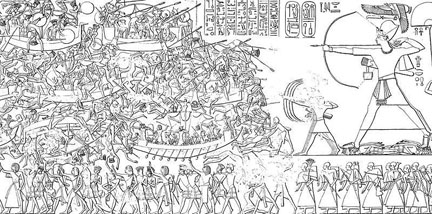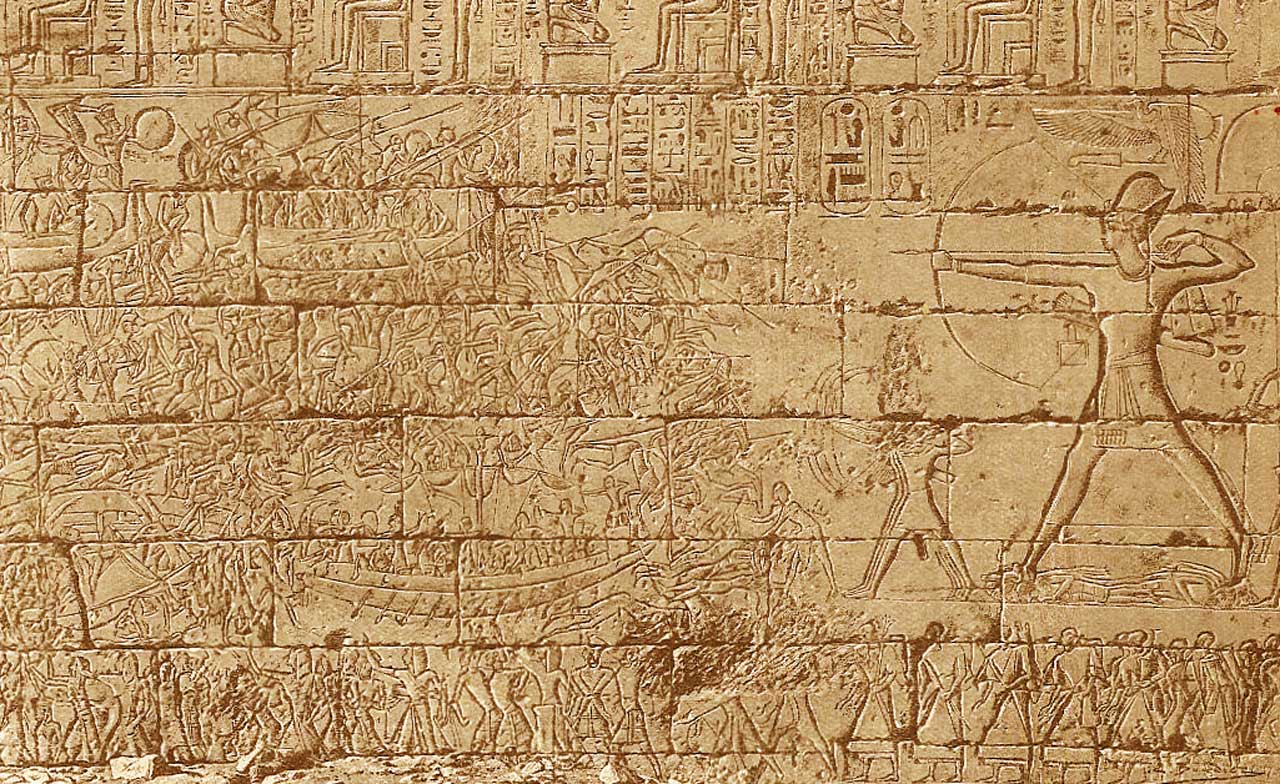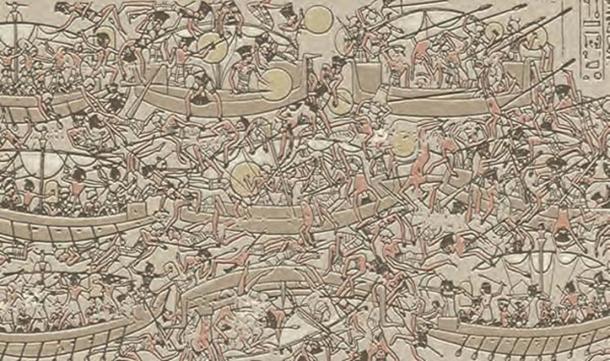Okay, so my most recent #RPGResearch post goes a little something like this:

In The Philistines and Aegean Migration at the End of the Late Bronze Age, Assaf Yasur-Landau references one of the most common primary sources on the Sea Peoples: letters using the medium of clay tablets that warn of raiding parties (p. 164). In one, the chief prefect warns the king of 20 enemy ships, while in another, the King of Ugarit relates to the King of Alashiya of sighting of seven ships and asks if that king has sighted other vessels.
In general, those ships are often said to likely be Sea Peoples, though there is no definitive proof. Piracy was not an uncommon profession, and a fleet of seven ships seems in line with what Homer has Odysseus speak of in the Odyssey, when Odysseus tells of fitting out nine ships for a raid (14.248).
If you are interested in the likely linkages of the Myceneans and piracy, have a look at Jeffrey P. Emanuel’s chapter “Odysseus’ Boat? New Mycenaean Evidence from the Egyptian New Kingdom” in Discovery of the Classical World: An Interdisciplinary Workshop on Ancient Societies.
If nine is the size of the fleet raised by what Homer would have us call a king, twenty does seem a significant threat if you are the lords of Ugarit. But how much of a threat?
Lionel Casson in his book The Ancient Mariners: Seafarers and Sea Fighters of the Mediterranean in Ancient Times, assesses that at the time of the Trojan War—the Late Bronze Age—ships would have 20-100 oars, with 50 being normal (pp. 38-39). Each of those oars would be manned by an individual who was also a warrior—basically your entire crew were marines. That would mean that seven ships could have 700 soldiers, but would more likely have 350, as the fleet would probably be made up of vessels of varying sizes. That major fleet that worried the chief prefect of Ugarit could have 2,000 troops, but even 1,000 is substantial given that the population of Ugarit has been extrapolated to be between 3,000 and almost 14,000 (see W. Randall Garr’s “A Population Estimate of Ancient Ugarit” in Bulletin of the American Schools of Oriental Research issue 266 from 1987).
And if Helen did have the face that launches a thousand ships? An army of 50,000 would indeed be terrifying—if utterly fanciful for the period.







